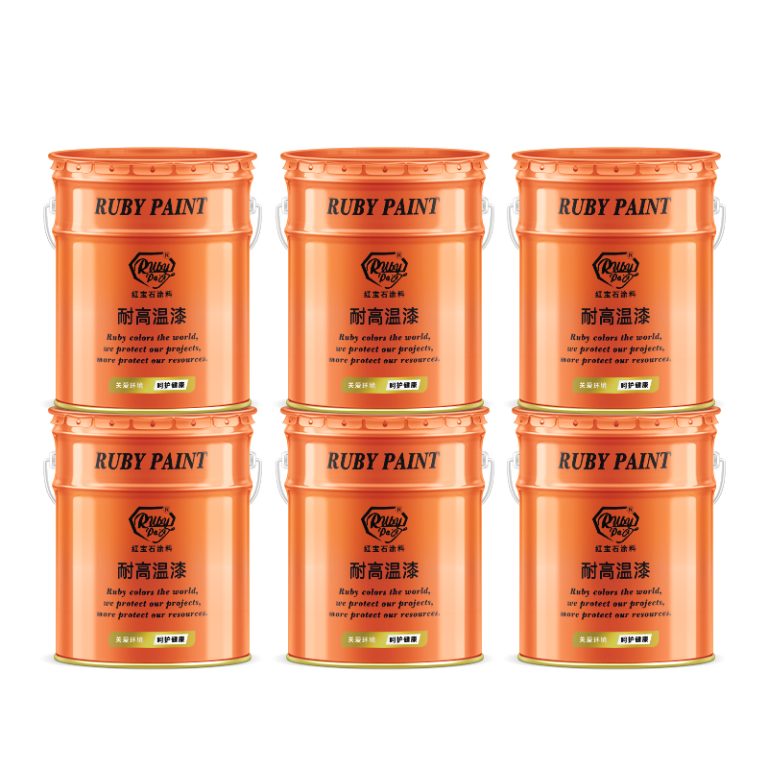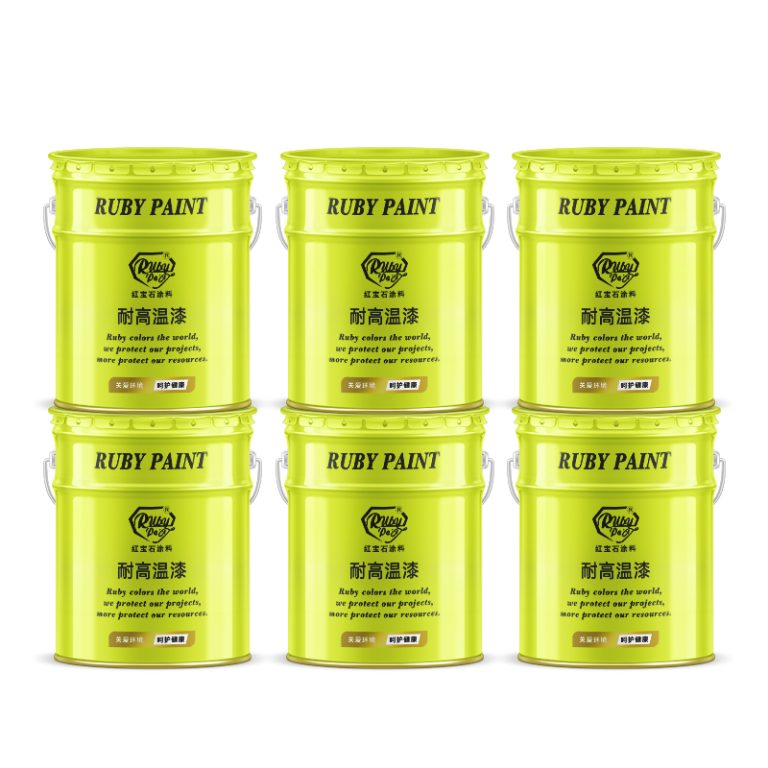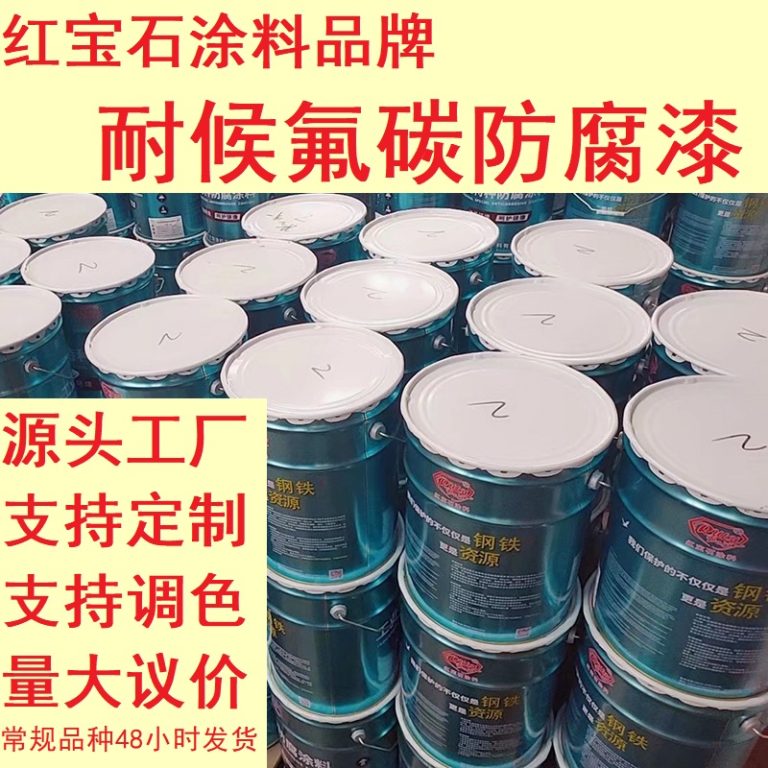Table of Contents
Alkyd Vs Polyurethane Paint: Durability and Performance Comparison
When it comes to selecting the right paint for a project, understanding the differences between alkyd and polyurethane paint is crucial. Both types of paint have unique properties that make them suitable for specific applications, but their durability and performance can vary significantly.
Alkyd paint, also known as oil-based paint, has been a popular choice for many years due to its strong adhesion and resistance to wear and tear. This type of paint is made from a synthetic resin that is modified with oil, which allows it to create a hard, durable finish once it dries. Alkyd paints are often favored for high-traffic areas and surfaces that require frequent cleaning, such as doors, trim, and cabinets. The paint’s ability to resist moisture and mildew also makes it a good option for exterior projects.
www.youtube.com/watch?v=kCkCI75Qvv8However, alkyd paint does have some drawbacks. It tends to yellow over time, especially when exposed to low light conditions, which can be a concern for interior applications. Additionally, alkyd paint has a longer drying time compared to other types of paint, which can be inconvenient for projects that require multiple coats. The paint also releases volatile organic compounds (VOCs) as it dries, which can be harmful to indoor air quality and may require adequate ventilation during application.
On the other hand, polyurethane paint is a type of paint that contains a polymer known as polyurethane. This polymer provides a protective coating that is highly resistant to abrasion, chemicals, and UV radiation. Polyurethane paint is available in both water-based and oil-based formulations, with water-based polyurethane being the more environmentally friendly option due to its lower VOC content.
Polyurethane paint is renowned for its exceptional durability and is commonly used on surfaces that are exposed to harsh conditions, such as floors, industrial equipment, and outdoor furniture. The paint forms a hard, glossy finish that not only enhances the appearance of the surface but also provides excellent protection against scratches and stains.
Despite its many advantages, polyurethane paint can be more challenging to apply than alkyd paint. It requires careful surface preparation and precise application techniques to avoid bubbles and brush marks in the finish. Additionally, polyurethane paint can be more expensive than alkyd paint, which may be a consideration for budget-conscious projects.
| No. | Name |
| 1 | Industrial paint |
In terms of performance, both alkyd and polyurethane paints offer strong protection and durability, but their suitability depends on the specific requirements of the project. Alkyd paint is a reliable choice for general use and areas that require a tough, washable finish. However, for projects that demand superior resistance to wear and environmental factors, polyurethane paint is the better option.
| Number | Product |
| 1 | Fluoracarbon middle paint |
Ultimately, the decision between alkyd and polyurethane paint will depend on factors such as the intended use of the painted surface, the desired finish, and the project budget. By carefully considering these aspects, one can choose the most appropriate type of paint that will provide both durability and aesthetic appeal for years to come.
Application Techniques for Alkyd and Polyurethane Paints: A Guide for DIY Enthusiasts
When it comes to choosing the right paint for your DIY project, understanding the application techniques for different types of paints is crucial. Alkyd and polyurethane paints are popular choices for their durability and finish, but they each require specific methods for proper application. In this guide, we will explore the application techniques for both alkyd and polyurethane paints, helping DIY enthusiasts achieve professional-looking results.
Alkyd paint, also known as oil-based paint, is renowned for its smooth finish and durability. It is often used for projects that require a high-gloss look, such as cabinets, doors, and trim. Before applying alkyd paint, it is important to properly prepare the surface by cleaning it and applying a primer. This ensures that the paint adheres well and provides a smooth finish. When applying alkyd paint, it is advisable to use a natural bristle brush or a roller with a natural fiber cover, as these tools work best with oil-based paints. It is important to apply the paint in thin, even coats to avoid drips and brush marks. Additionally, alkyd paint has a longer drying time compared to other types of paint, so patience is key. Allow ample time for each coat to dry completely before applying the next one.

Transitioning to polyurethane paint, this type of paint is known for its exceptional durability and resistance to wear and tear. It is commonly used for floors, furniture, and other surfaces that experience high traffic or exposure to elements. Polyurethane paint can be either water-based or oil-based, and the application technique differs slightly for each. For water-based polyurethane, it is essential to use a synthetic brush or a foam brush, as these tools do not absorb water and provide a smoother finish. On the other hand, oil-based polyurethane should be applied with a natural bristle brush to achieve the best results. Similar to alkyd paint, surface preparation is crucial when using polyurethane paint. The surface should be clean, dry, and lightly sanded to ensure proper adhesion. When applying polyurethane paint, it is important to work in a well-ventilated area and apply thin coats to prevent bubbles and brush marks. Each coat should be allowed to dry completely before applying the next, and lightly sanding between coats can help achieve a flawless finish.
In conclusion, both alkyd and polyurethane paints have their unique advantages and application techniques. By understanding the specific requirements of each type of paint, DIY enthusiasts can ensure a successful and satisfying outcome for their projects. Whether you choose alkyd paint for its classic high-gloss finish or polyurethane paint for its unbeatable durability, proper application is key to achieving a professional-looking result. Remember to take your time, follow the manufacturer’s instructions, and pay attention to detail throughout the process. With the right techniques and a bit of patience, you can transform any surface with beautiful and long-lasting results.






